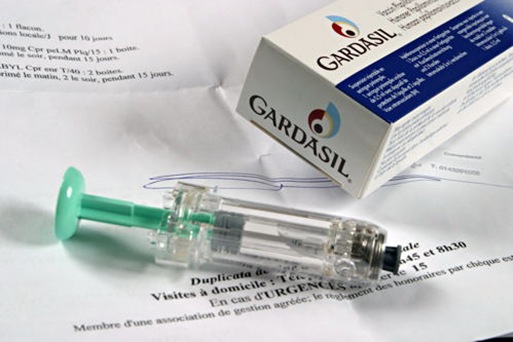
This exotic class is made up of super-Earths, rocky planets that are bigger than our world. Formed in immense heat and found in close proximity to their parent stars, these exoplanets contain numerous metals and the oxide forms of those same elements.
The core of these planets are not made of iron. Instead, they are rich in aluminum and calcium. The oxidized form of aluminum with red coloration is better known as ruby, while the blue variant is called sapphire.
There are currently three candidates for this new class of planets. One of them is HD219134 b, which is located 21 light-years away in the Cassiopeia constellation. The others are 55 Cancri e and WASP-47 e.
Researchers from the University of Zurich and the University of Cambridge are using theoretical models to determine how these planets were born. Their results are then compared with data from other studies. (Related: Has the second “alien megastructure” been found?)
A new class of exotic exoplanets comprised of high-temperature condensates
Planets form from the dust and gas that remains after the birth of a star. Rocky planets, in particular, are formed in areas close to the star that have plenty of iron, magnesium, silicon, and other similar elements. The internal arrangement of these planets are similar to Earth, down to the dense core of iron. Most of the super-Earths follow this pattern.
But there are areas around the star that are much hotter than normal. The aforementioned elements are going to be in their gas phase in this region. Any rocky planets formed there will be made out of different materials that can condensate despite the heat.
The Zurich-Cambridge researchers suggest that an exoplanet in this area will be made out of aluminum, calcium, magnesium, silicon, and other high-temperature condensates. There will also be almost no iron present, which means the planet will not generate a magnetic field.
Furthermore, these rocky planets will have a different internal structure, cooling method, and atmosphere compared to the typical super-Earth. They therefore merit a new and unique class of their own.
These new planets could be covered in sapphire and ruby
Calculations suggest that a rocky planet formed from high-temperature condensates will have 10 to 20 percent lower density than Earth. The disparity continues to puzzle researchers.
One theory for the lower total density is the presence of a thick atmosphere. But this cannot work for 55 Cancri e and WASP-47 e. These exoplanets orbit their parent stars so closely that their atmospheres would have been completely burned away.
HD219134 b is positioned farther away from its parent star, so it is cooler than the others. It is also not alone, as it shares its star with another planet.
The second planet is found slightly farther back from the star. Its properties nix another theory about HD219134 b – there can be no deep oceans of liquid on HD219134 b, not when the second planet did not demonstrate similar oceans.
Of course, there could always be oceans of magma on HD219134 b. But the jury is still out if such bodies of molten metal have less density than solidified aluminum.
"We’ve thus found three candidates that belong to a new class of super-Earths with this exotic composition," said Zurich researcher Caroline Dorn, who served as the main author of the study. She also adds that 55 Cancri e will need to be downgraded from a planet that is supposedly covered in diamonds to one covered in "mere" sapphire.
See Space.news for more breaking news about discoveries in astronomy and space travel.
Sources include:
Please contact us for more information.























